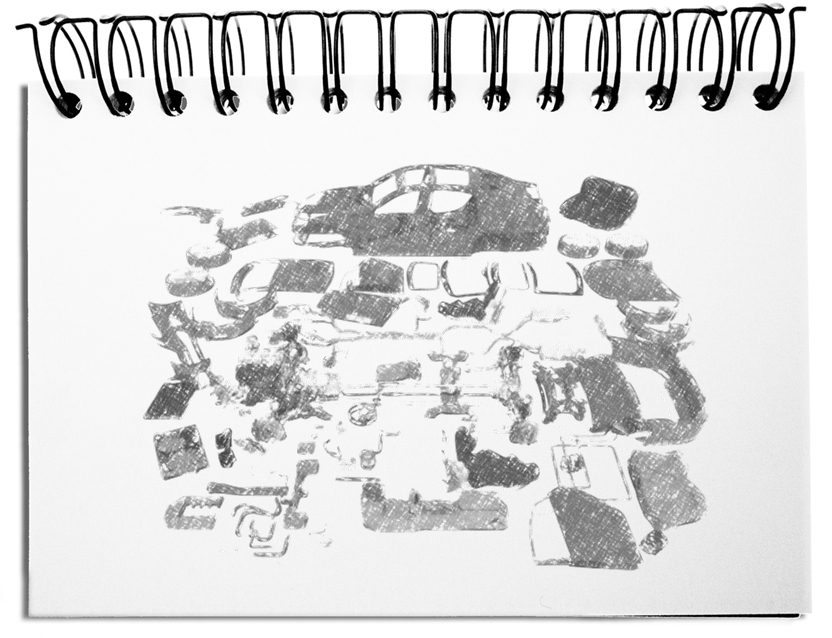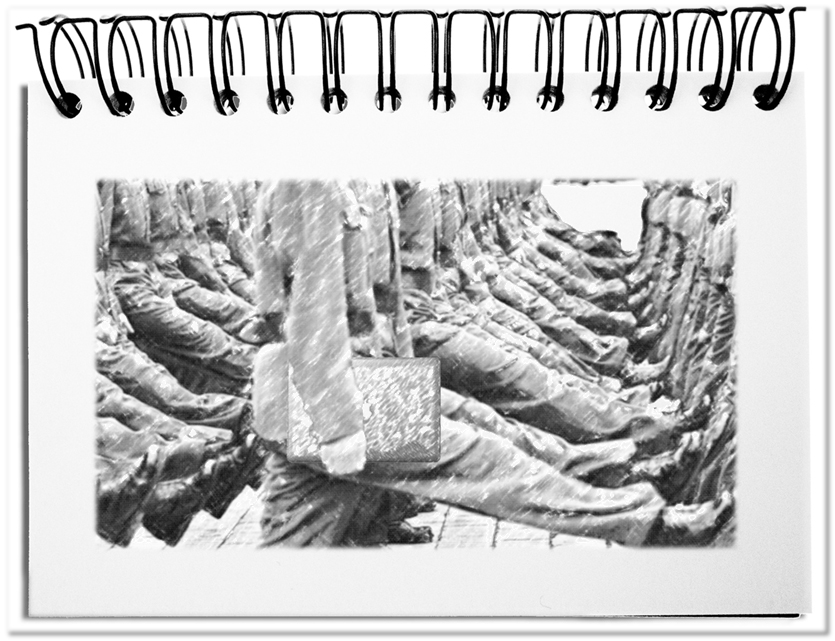Aristotle already had in his metaphysics, more than two thousand years ago, the right intuition – The whole is more than the sum of its parts. However, the Cartesian perspective has broken the world down into its components for centuries, thereby obscuring the look at the holistic possibilities. Despite the encouraging experiences of companies like 3M or W. L. Gore & Associates GmbH, large corporations struggle to rethink. Aligning collaboration based on the needs of the employees and creating a more fruitful whole through with the resulting engagement is the ultimate purpose. The inability to leverage these strengths can only be explained by the inertia of the responsible managers. They are unsure how it will go on for them when the bureaucratic regulations, permanent surveillance, and excessive news dissemination are no longer needed, and they become obsolete. The brave are already trying agility in various forms – agile enterprise, agile organization, agile employees, agile managers, agile culture, agile mindset, agile project management, and agile product development, simply agile hodgepodge.
The following building blocks promote productive wholeness.
- Positive diversity
In a VUKA world, the components found on different levels influence each other mutually. To react appropriately, i.e., to act at the right place and, above all, on time, other capabilities take center stage. Ashby’s law of required variety has clarified that the greater the variety of acts of a system controlling others, the better it can compensate for disturbances. This means that the remaining managers and employees must be more diverse in their traits, behavior, and means than the tasks and the competition. The difference is created by:
– a wider range of skills (e.g., besides technical, also social and systemic capabilities),
– an extra commitment of all,
– extended perseverance,
– the restriction to tasks that are needed,
– the interaction in the team, and
– a strong sense of responsibility.
The losers are all those who continue to worship lockstep and only add skills that already exist in the company. - Leadership style without leadership
The new style replaces leadership with fostering. The most significant burden for a company is a legacy structure, whose decision-making and reporting paths are unnecessarily long, diluting resolutions and slowing the speed. Leaving the choice to employees at the point of action creates a momentum that the usual leadership cannot match. At the same time, the open work style provides employees with a common direction and security. Influence then no longer comes from a formally established position but trust and contagious enthusiasm. - Entrepreneurs in the company
The days of economic officialdom are coming to an end. The new understanding of leadership works through entrepreneurial action. The employees can no longer pull back from solving a given task but must behave like they owned the company. They have, as a result, more risks. On the one hand, a large company offers the danger of unintentional mishaps and losses, but on the other hand, these are more than offset by surprising gains. Even if individual units can fulfill their tasks more flexibly, the whole remains a large fleet that works together because of its joint alignment. - The energy is in each personality
Everything that happens originates in the minds of individual employees. If the human image of the Theory Y is adopted by the leaders, they can bring their experiences and abilities to effect. Together, they experience adventures that expand their mental models with new insights. With a shared vision, ideas emerge that are no longer predetermined but are jointly elaborated and move the company forward. Combined with the personal drive fueled by shared momentum, the fitness evolves that secures the business.
Bottom line: It is not a question of the size of your company whether it has to take care of the new leadership beyond agility, but when. Change is happening no matter what. And if you are already suffering from the feeling that you should be taking more care of your employees, or that cost pressure is melting your margins, or that the economic climate is threatening you, then the right moment has come to act. Should you have done it earlier? This question is useless because you cannot turn back time. The positive diversity, the leadership style without leadership, the entrepreneurs in the company, and the use of the existing personalities are building blocks that already take you extremely far. You only need to activate your most vital advantage now – namely the whole that is jointly generated with everybody and brings more than the tayloristic waste through the old-fashioned bureaucracy.


